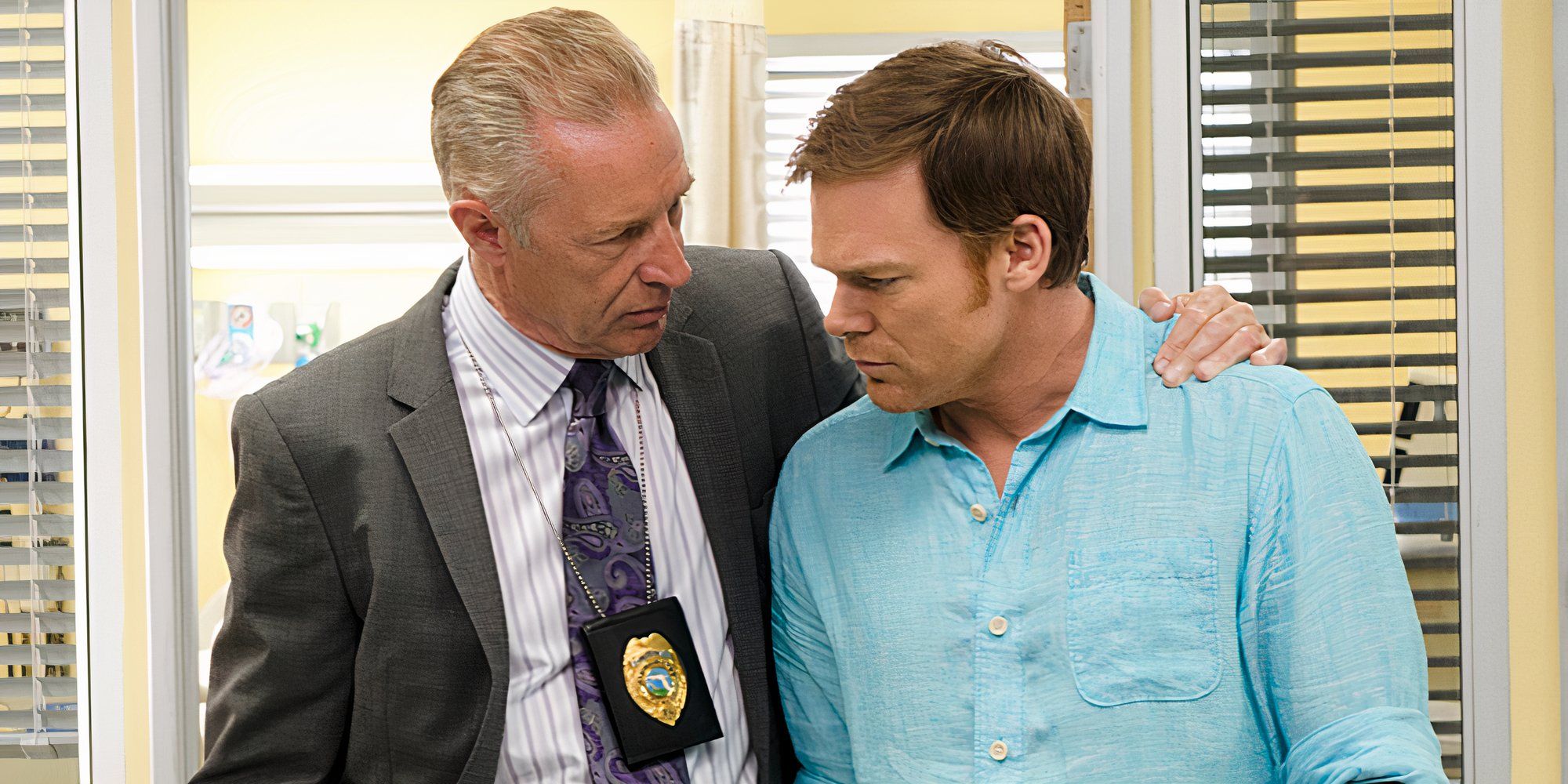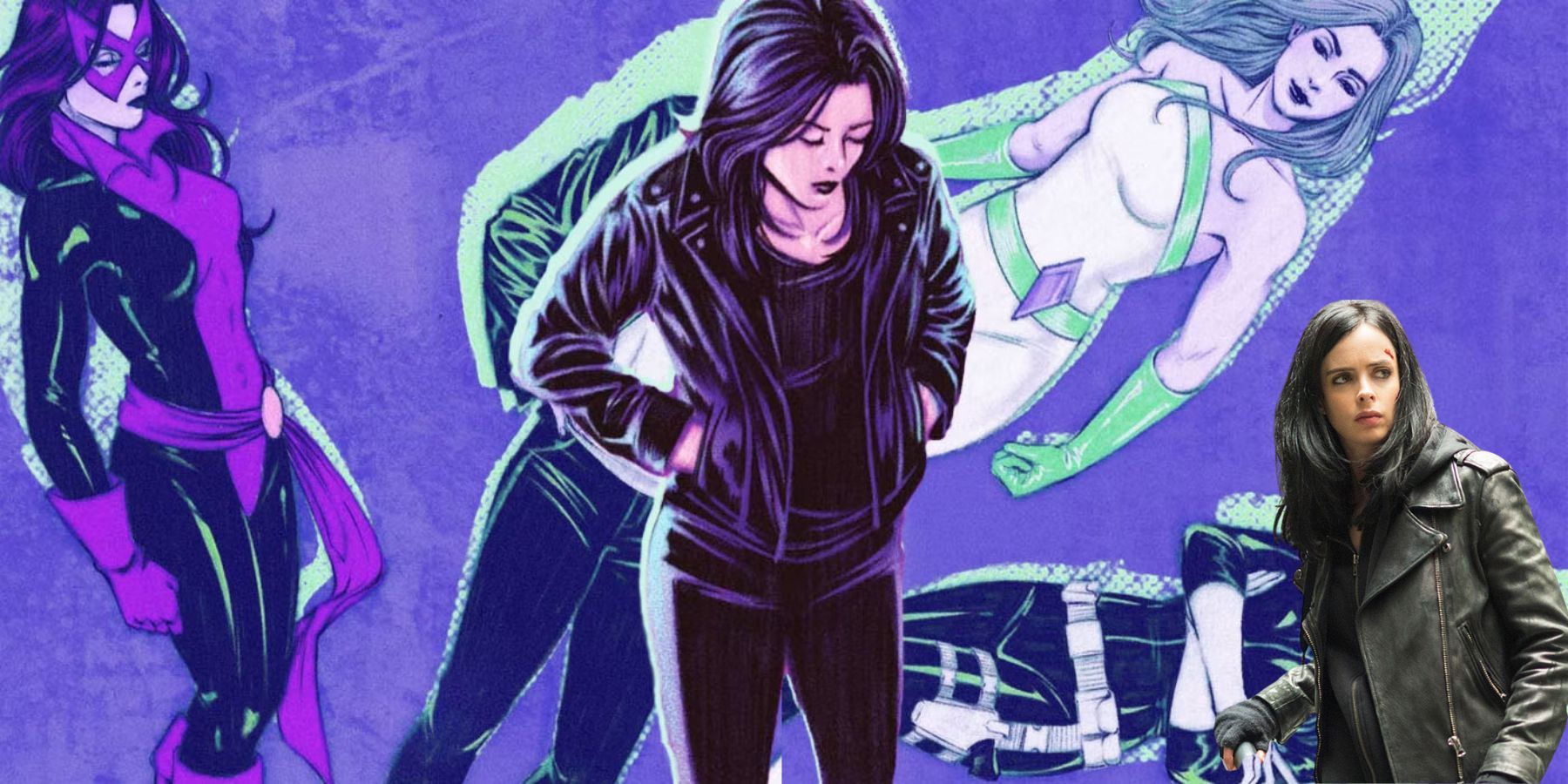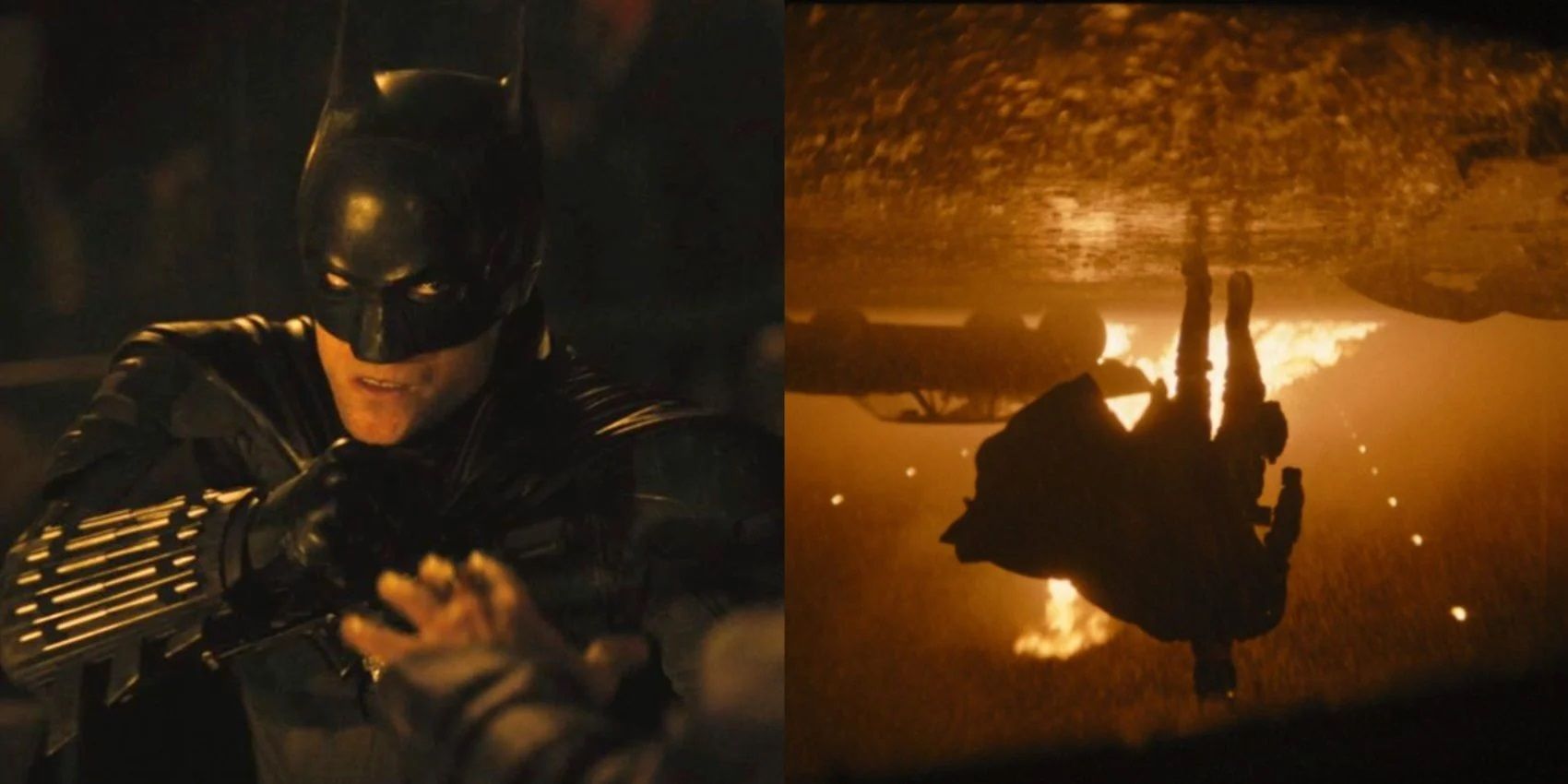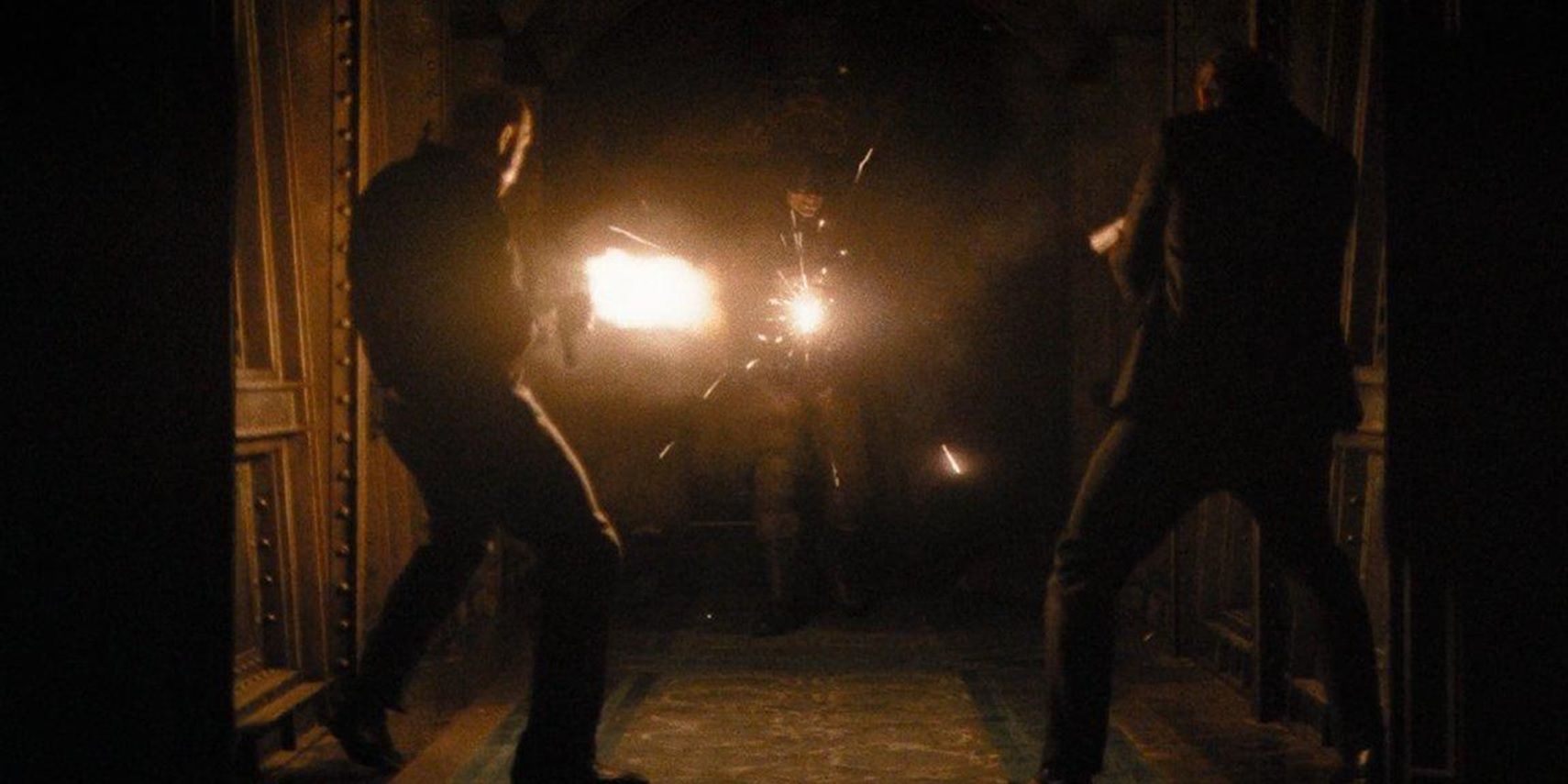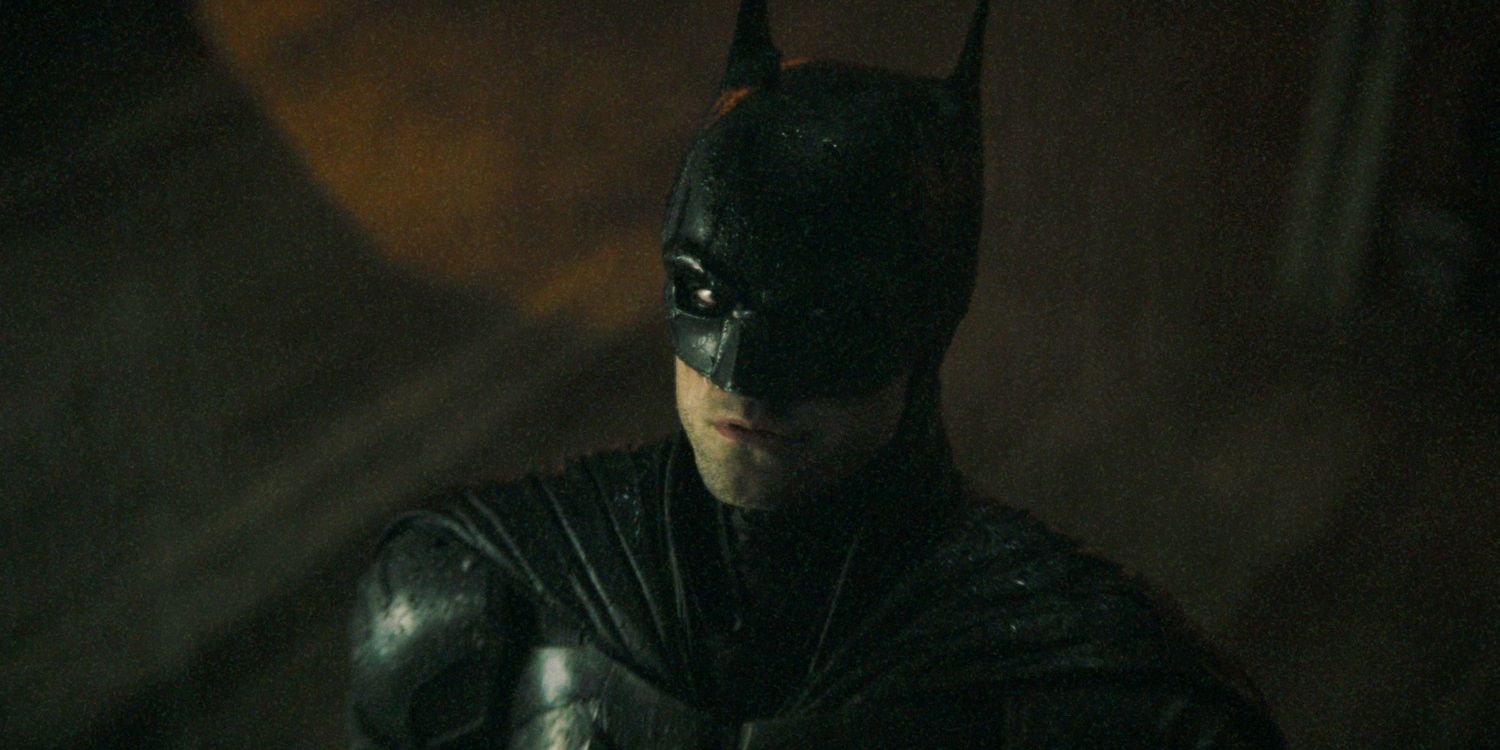From Matt Reeves’ razor-sharp direction to the cast’s performances to Michael Giacchino’s astounding musical score, The Batman has been praised for many things. There’s also been one major criticism – that the three-hour runtime is excessive – but the movie is so immersive and atmospheric that it’s easy to get swept up and let those three hours fly by. This atmosphere was achieved with a combination of Reeves’ distinctive vision of the Bat mythos and cinematographer Greig Fraser’s ability to realize that vision on film.
After immersing audiences in the psychedelic sand-world of Arrakis in Denis Villeneuve’s Dune (for which he recently received a much-deserved Oscar), Fraser has immersed audiences in Reeves’ uniquely gloomy vision of Gotham City for The Batman. Since The Batman is primarily a detective story, Fraser’s cinematography is largely focused on creating a melancholic mood with cold lighting, muted colors, and lots and lots of rain. But he doesn’t scrimp on the movie’s action sequences, either.
The action scenes in Batman movies have always been deeply cinematic, from the Dutch tilts of the Adam West era to the stylized skirmishes of the Tim Burton movies to the jaw-dropping practical stunts shot on IMAX cameras in Christopher Nolan’s Dark Knight trilogy. But with The Batman’s action, Reeves and Fraser went above and beyond, combining the stylization of Burton’s action with the old-school stunt work of Nolan’s action (and, for good measure, the shameless fun of West’s action and the shameless brutality of Zack Snyder’s action).
Sources Of Light
Genre-wise, The Batman is more of a neo-noir than an action movie, with more screen time dedicated to deciphering the riddles of a serial killer than doling out beatings. But it’s also a Batman movie at the end of the day, so it still has plenty of action. From a car chase to a flooded stadium to a handful of Iceberg Lounge infiltrations, The Batman is one of the most action-packed Batman movies to date. Bruce spends very little time out of the cowl, and when he’s in the cowl, he’s never more than a couple of minutes away from “getting into it” with a street thug. Reeves and Fraser used various crucial filmmaking techniques to make The Batman’s action feel particularly cinematic.
A lot of the action scenes in modern superhero films are let down by being shot in front of a bluescreen, resulting in clean visuals with bland lighting. In The Batman, Reeves used as little CGI as possible, so he and Fraser could light their action sequences more like a film than a digital product. The Bat’s breathtaking introduction, emerging from the shadows like Inglourious Basterds’ “Bear Jew” to teach some gangsters a lesson, was shot by bringing a diffuser to a rain-soaked train station in the middle of the night and reflecting the natural moonlight onto Robert Pattinson to illuminate him just enough to be visible. This kind of shot could never appear in a CGI-laden Marvel movie, and it makes a world of difference. Reeves and Fraser utilized a few interesting sources of light, from the buzzing neon billboards plastered around Gotham to the muzzle flashes of Carmine Falcone’s henchmen when Batman marches through a dark hallway, bouncing a barrage of gunfire off of his bulletproof armor as he takes out the assault rifle-wielding goons one by one.
Fraser uses the camera to put the audience in the characters’ perspectives. He’ll mount a camera on the handlebars of Catwoman’s speeding motorcycle or on the lapel of Batman’s flight-suit or in the backseat of the Penguin’s car as it flips over. Action is much more engaging up close than it is in a series of omniscient wide shots. The viewer will be much more thrilled if they feel like they’re in the passenger seat of the Batmobile.
Anamorphic Lenses
Fraser uses a shallow depth of field and the soft edges of an anamorphic lens to leave just enough to the audience’s imagination. When the floodwaters breach Gotham Square Garden, Batman is framed in focus, clinging for dear life to the rafters, while in the background, out of focus, the flood engulfs the crowded stadium. Instead of seeing the immediate effects of the flood up close, the audience is left to imagine the horrors down below.
Arguably the most riveting action sequence in the movie is the car chase. After Batman hilariously stalls the Batmobile, the Penguin has enough time to escape and a high-speed chase ensues on a busy highway. From the offset, this sequence is already impressive from a practical point of view. It’s a night-time shoot in the pouring rain with two cars racing down a highway. Inspired by the iconic car chase in The French Connection, Reeves and Fraser stay on the perspectives of the cars themselves, so the viewer feels like they’re sitting in the backseat, going along for the ride.

